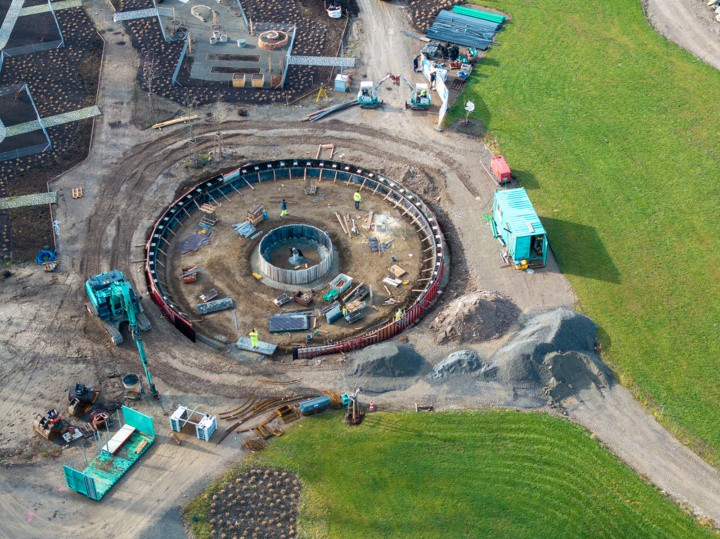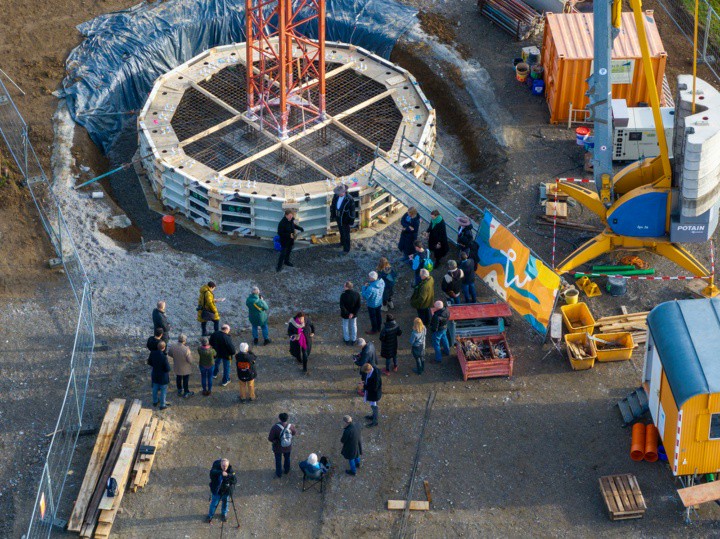Jan 30, 2024
The Hybrid Flax Pavilion demonstrates a renewable, resource-efficient alternative to conventional construction methods and is therefore an important milestone towards sustainability in construction. "This pavilion is the first building in the world to use natural fibres in this way," said Professor Jan Knippers, head of the Institute of Building Structures and Structural Design at the University of Stuttgart. The flax construction, which is produced using a computer-aided winding process, reinforces a thin timber panel and gives the building its characteristic curved silhouette.
Photo: Foundation Hybrid Flax Pavilion. © Christoph Morlok

With an impressive height of around 22 meters, the Wangen Tower offers a breathtaking panoramic view over the Allgäu region and will remain at the site as a permanent attraction even after the Landesgartenschau has finished. It is the world's first accessible observation tower to use curved components that transform autonomously into the final, programmed curved shapes by the wood’s characteristic shrinking during a decrease of moisture content.
Both buildings are the result of many years of research by the Cluster of Excellence "Integrative Computational Design and Construction for Architecture" (IntCDC) led by Professor Achim Menges, head of the Institute for Computational Design and Construction and Professor Jan Knippers, head of the Institute of Building Structures and Structural Design at the University of Stuttgart. In the spirit of two-way knowledge transfer between cutting-edge research and construction companies, the buildings will be realized in cooperation with companies based in the region.
Photo: Foundation Wangen Tower. © Christoph Morlok

We use cookies to ensure the proper functioning of our website. For an improved visit experience we use analysis products. These are used when you agree with 'Statistics'. Privacy statement